Sport specific training is fitness and performance training designed specifically for athletic performance enhancement. Training programs for athletic performance enhancement could include such areas as: strength, speed, power, endurance, flexibility, mobility, agility, mental preparedness (including goal setting), sleep, recovery/regeneration techniques and strategies, nutrition, rehabilitation, pre-habilitation, and developing healthy training programs to reduce and prevent injury. At Higher Ground Personal Training we understand that fitness trainers are now becoming accepted as a key element in any athlete’s success, acting as part of the modern day coaching team to ensure and optimize the success of any athlete. Having a team of specialists, coaches, therapists, and sports medical professionals is essential at all athletic levels, whether beginner, intermediate, advanced, or professional. To succeed in any sport, the trainer should be able to design unique workouts that cover all relevant fitness areas – strength, flexibility, agility, aerobic and anaerobic endurance, and speed. These workouts must be both specific to the sport and suitable for the level of the athlete. Moreover, the trainer should be able to assess fitness levels, understand physiological and biomechanical information, and work in tandem with sports doctors, physiotherapists, and any or all others in regards to injury prevention and rehabilitation. Additionally, the trainer should be able to pass the information on to the client and provide instructional training.
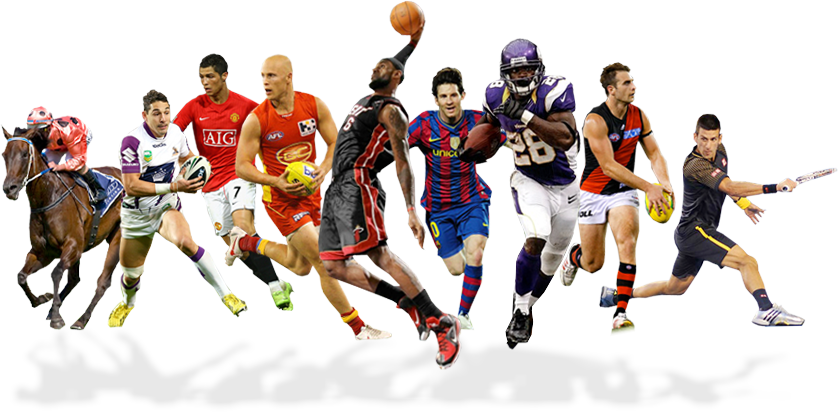
Fitness Assessment & Needs Analysis:
The principles behind designing sports training programs are developed to bring out the best in any athlete. Instead of hindering the athlete’s performance, programs aim to develop, enhance, and improve the individual athlete. This is accomplished by first establishing the goal the athlete wants to achieve. By setting a goal first, it ensures that the training program is optimal for that unique client, rather than counterproductive or antagonistic to the athlete’s growth and development by over or under training specific areas. The final step is to calculate what is required to bridge the gap between the athlete’s current status and what he or she needs to achieve their goal in their given sport.
• Step 1 is to set the athlete’s goals – what do they want to achieve.
• Step 2 is to assess the athlete’s current level of fitness. This assessment must cover the entire relevant fitness areas specific to their sport or event.
• Step 3 is the findings and outcome of the assessment, which takes into consideration the difference for each fitness component between the current and ideal fitness levels.
• Finally, Step 4 is designing the training program that will improve each specific fitness area to train the athlete to their peak performance level.
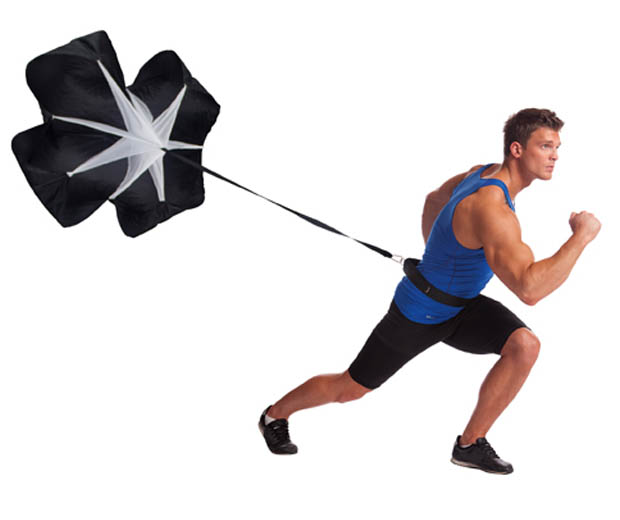
Specific Training Vs. Specific Skills
While there may be some sense of specificity to a program designed for an athlete of a specific sport, the truth is that there is a limit to the amount of application/carryover of a sports performance exercise to a sports skill. The most sports specific training that can be done is the sport itself. Sports specific skills practiced for the sport are as specific as one can get. Take Ice Hockey, for example: there are no exercises that can be performed in the weight room that are more specific to hockey than skating on the ice. The same is true for shooting the puck. However, while there are sports specific skills necessary for each sport, there are also physical skills necessary for each sport. Sports preparation is necessary for the sport specific skills (shooting a basketball, pitching a baseball, etc.) and physical preparation is needed for specific performance enhancement such as foot speed, strength, power, etc.
Training Specificity: Metabolic Conditioning
One area where a strength and conditioning coach can get very sport specific is metabolic conditioning or energy system training. Here, the coach can train the athlete to be conditioned not only specifically to his/her sport but also to his/her specific position, based on the specific energy systems used during the sporting event. Conditioning can be designed to train the muscle tissues and anaerobic or aerobic energy systems specifically for the time frame (shifts, play drives, etc.) of the athlete’s sport.
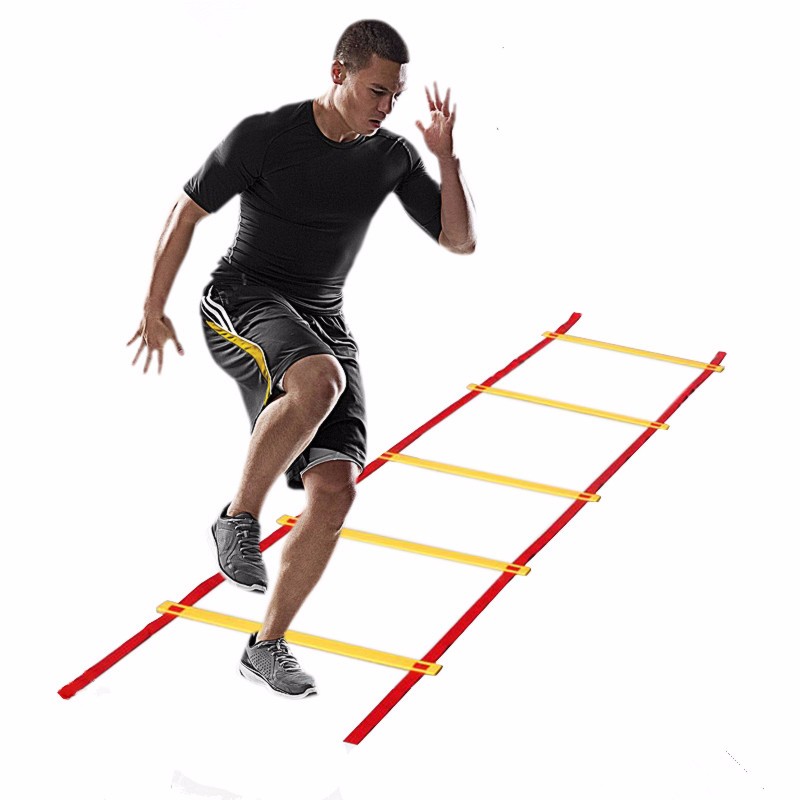
Training Specificity: Injury Risk Reduction
Another area where the performance enhancement program can be very sport specific is in the area of injury risk prevention. Statistics about the most prevalent injuries for a particular sport, position, gender, and age group can be used to specifically address areas that are most susceptible to injury in that sport. The strength and conditioning coach can then design effective programs for reducing the risk of athletes getting injured from non-contact related injuries.
Sports Specific Training: Balanced Programs
There are mixed opinions among strength and conditioning coaches about designing ‘sports specific training programs.’ I think that there needs to be a balance between the general and specific exercises, and the athlete must first develop the proper foundation with performance fundamentals. Some coaches suggest that athlete’s should be trained to be stronger and more explosive, with no regard to specificity, while other suggest that general strength and power needs some specificity in the weight room to best carryover to the sport.
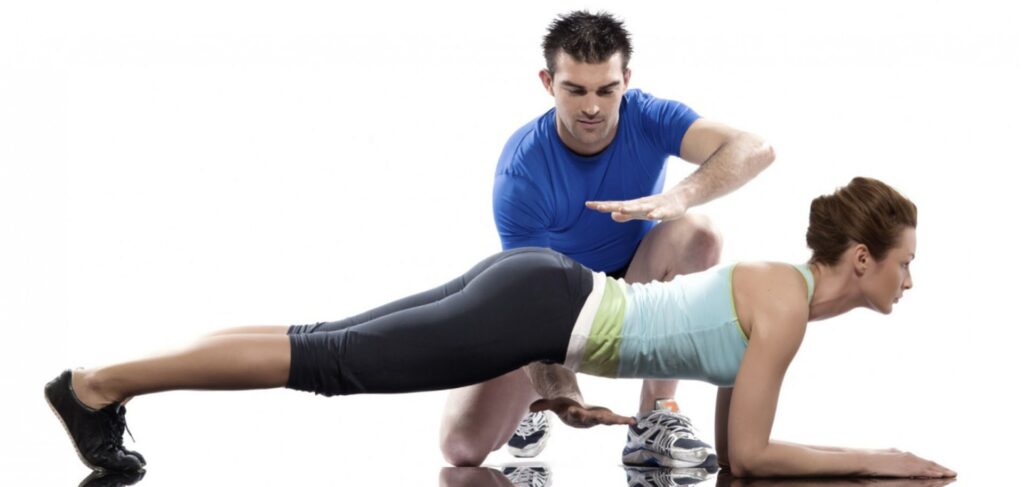
Again, I think there needs to be a balance between sports specific training and athlete specific training. Each athlete should be training to get stronger and more explosive and this new strength and power needs to be trained to be applied to his/her sport. I don’t think that heavy back squats, box squats, deadlifts, and bench presses are the end-all, nor do I think that totally functional bodyweight movements are the end-all. I think there needs to be a delicate balance specific to the sport, the individual, and the time of year. It doesn’t matter if an athlete can squat 1000lbs if he can’t use that strength to his advantage in his sport, or better yet, if he can’t do 90 bodyweight squat in 90 seconds, or his vertical jump is less than 20″. All strength and functionality needs to be relative to his/her sport.
In the concluding part of this topic I will be talking about coaching responsibilities and health & fitness components.
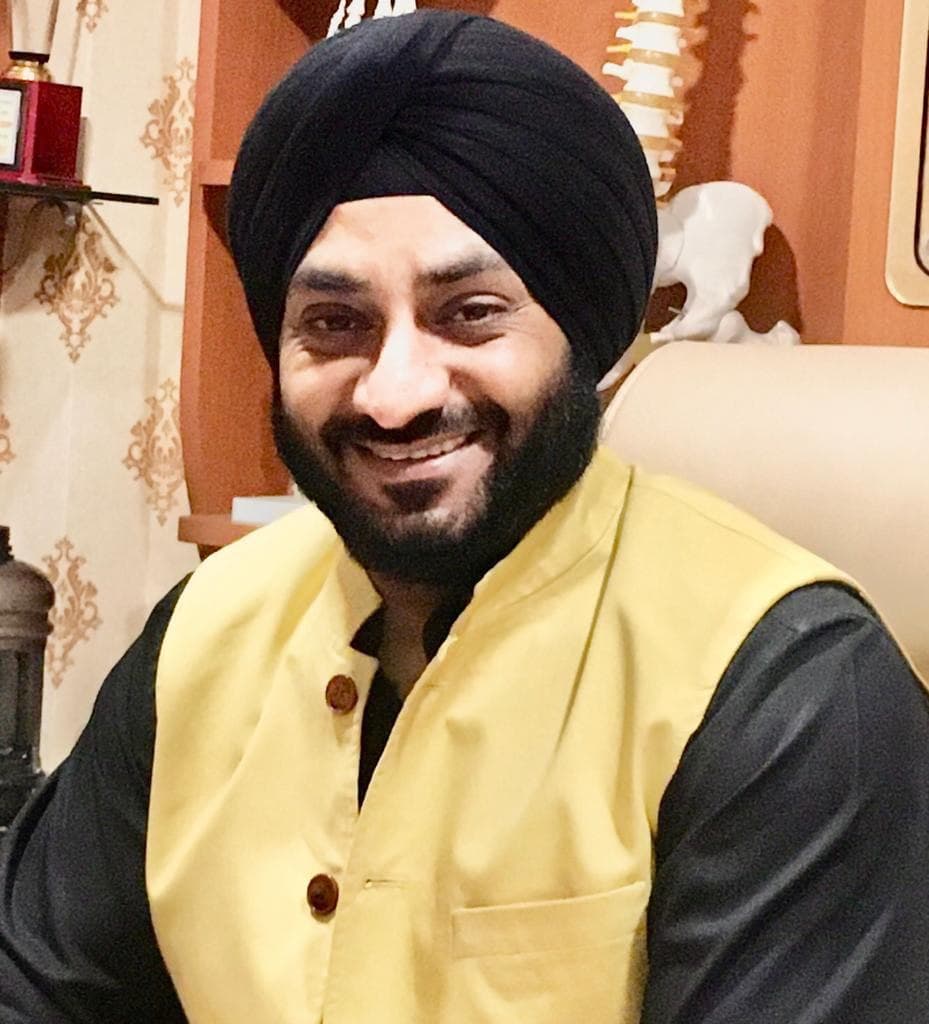
Dr Saranjeet Singh
Fitness & sports Medicine Specialist
Lucknow

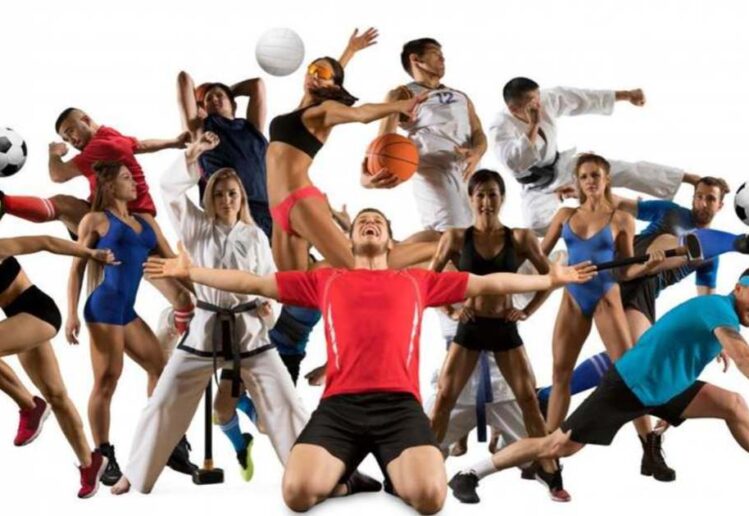

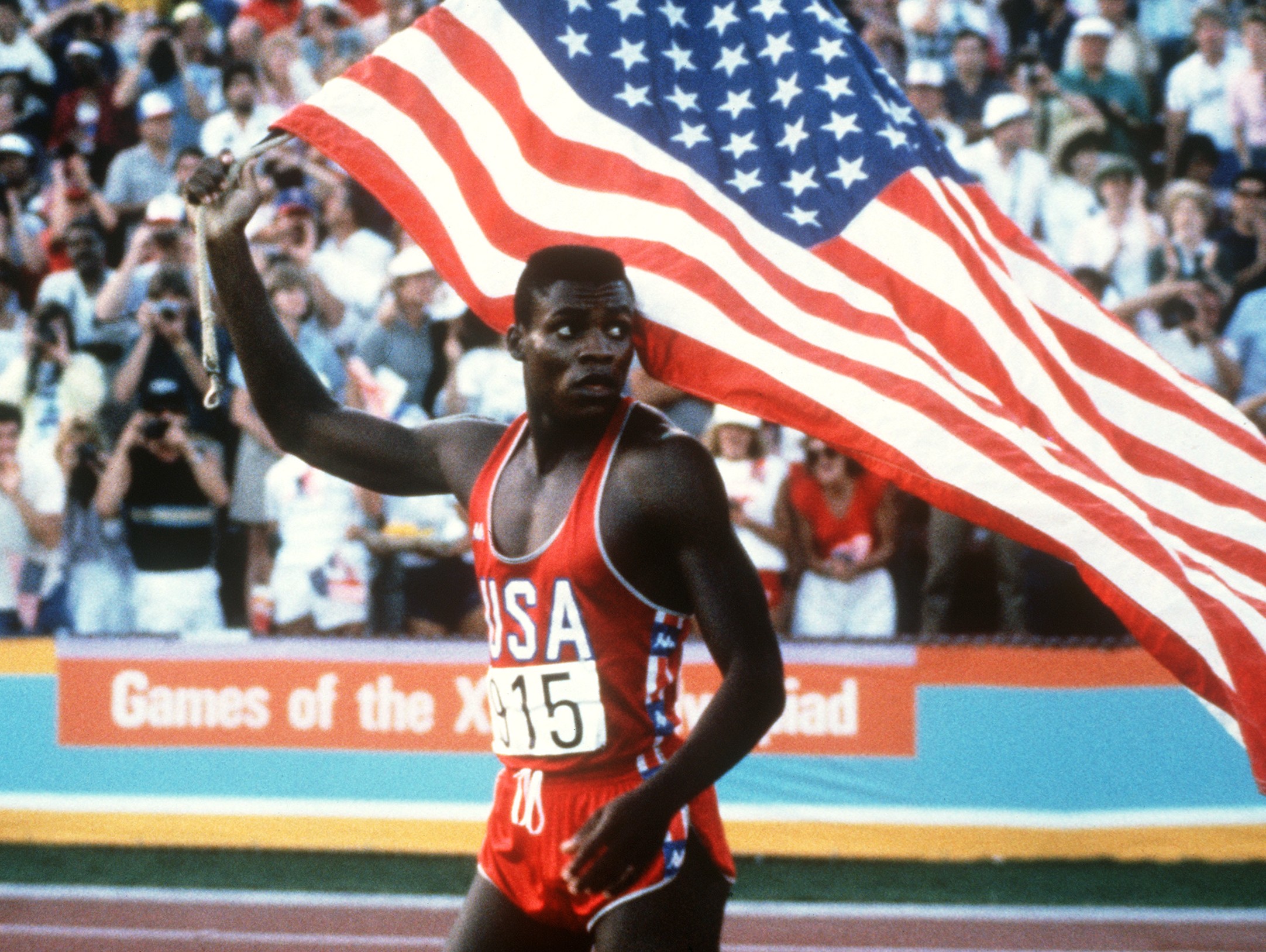



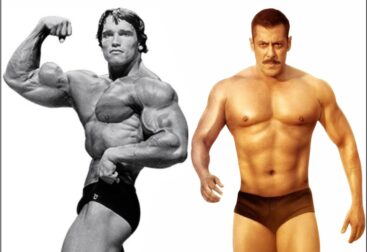
Very informative .
Thanks Dr Alka.
Real sport coach …We should learn from Dr. Saranjeet sir. If you want to build your career in fitness industry or sports you must choose only one brand of India Bodyline (Founded by Dr. Saranjeet Singh).
Thank you Vishu.